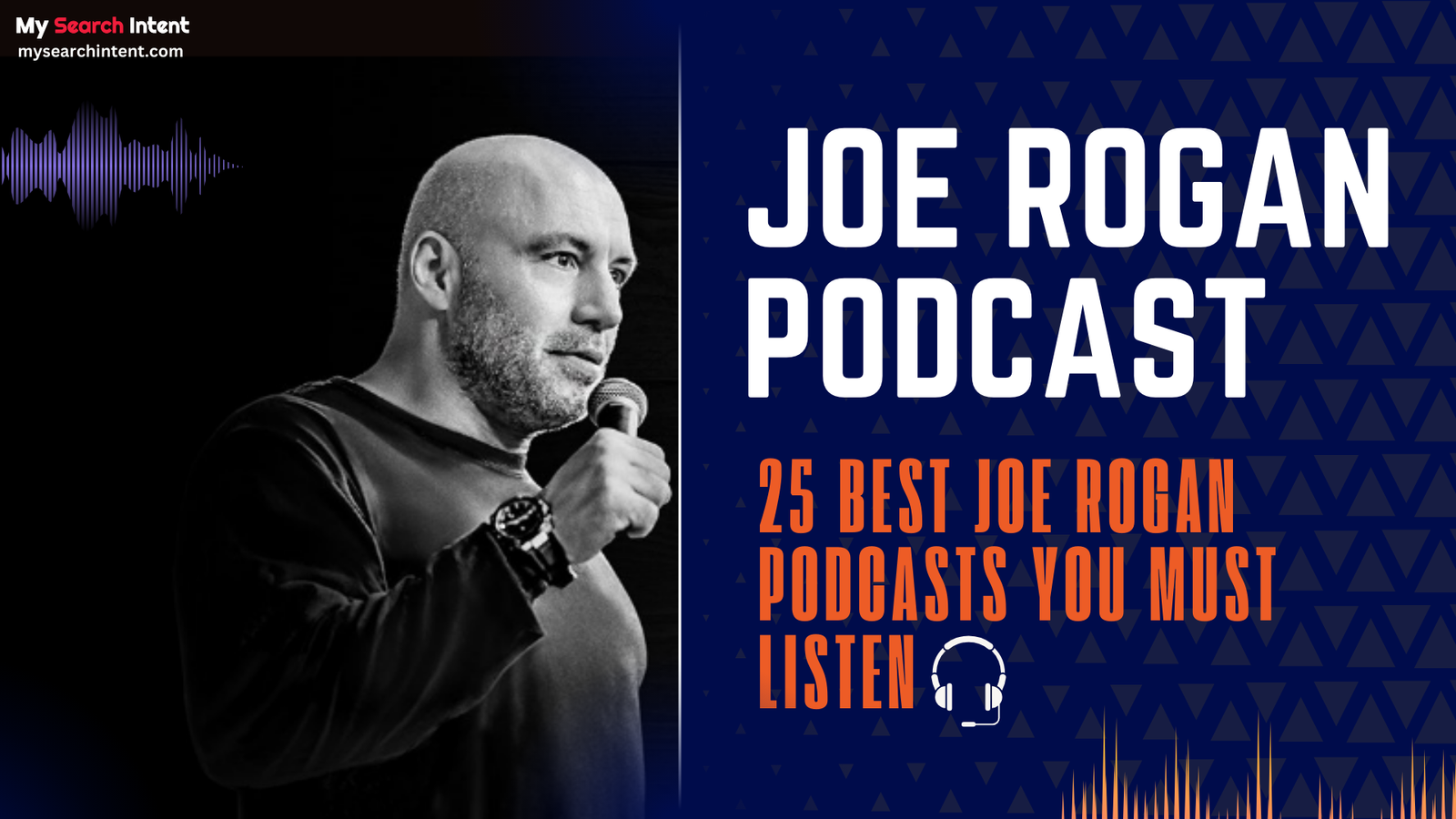Ashish Chanchlani Net Worth 2024: What You Need to Know
Are you curious about Ashish Chanchlani’s net worth, and how he made so much money? Scroll down this post to know the truth. Some names have become more than just entertainment in the current era of content creation. Among them is Ashish Chanchlani, an Indian comedic celebrity and YouTube content maker. If you’ve ever laughed while watching his videos or waited for his next masterpiece, you’ll understand what we mean. So, keep reading this blog post, since we will detail Ashish Chanchlani’s earnings, 2024 net worth, and the significance of his accomplishments in the worldwide content business. Who is Ashish Chanchlani? Before discussing Ashish Chanchlani’s net worth in detail, it is advisable to get to know him better in person. Ashish was born in Ulhasnagar, Maharashtra, India. He has an engineering degree from the University of Mumbai, but instead of going for a corporate job, he decided to try comedy, which he loves. He started making videos in 2014, and since then, millions of people have watched them because many of them were hilarious and creative, and people could easily relate to them. Ashish Chanchlani has also created his channel on YouTube, Ashish Chanchlani Vines, through which he also gets millions of hits. His content may range from mimicking day-to-day life activities to portraying funny takes on relationships; Ashish is a perfect example of a person who knows how to warm and appeal to his audience’s emotions. Ashish Chanchlani Biography Full Name Ashish Chanchlani Birth Date December 8, 1993 Birthplace Ulhasnagar, Maharashtra, India Height 180 cm (5 ft 11 in) Occupation YouTuber, Comedian, Actor Education University of Mumbai (Engineering Degree) YouTube Channel Ashish Chanchlani Vines Subscribers 30.5 Million Net Worth (Estimated 2024) ₹40 crore (approximately $5 million) Known For Hilarious comedy skits, relatable content, and engaging personality Key Achievements One of the most subscribed YouTubers in India, massive following on social media platforms, successful brand endorsements and sponsorships Notable Works “Engineering College” skit, various comedy skits, and short films Future Endeavors Exploring web series, movies, and virtual events The Meteoric Rise of the Content Creator It is no secret that today we are flooded with content, and getting noticed can be challenging. But here also he was able to turn this into an advantage with his talent for making a good story and his on-camera personality. His first famous skit, “Engineering College,” which gave people a good and somewhat bitter laugh about their college life, was appreciated a lot, especially by youth. Every time Ashish uploaded a video regarding this show, people were amused and enjoyed it, and therefore, the number of subscribers increased twice as many within a year. Well, that was not the end! Later he became one of the YouTubers with the highest followers in India, with 30.5 million subscribers to his channel. His videos receive a lot of attention, with some reaching over 100 million views. This excellent engagement is one of the key reasons behind Ashish Chanchlani’s high net worth. Most Watched Video Out of all the videos uploaded on Ashish Chanchlani’s channel, the one titled “Exams Ka Mausam” has been watched the most, with 133M views. Awards and Achievements Award Year Nickelodeon Kids’ Choice Award: Favorite YouTuber 2021 Nickelodeon Kids’ Choice Award: Favorite YouTube Artist 2022 Nickelodeon Kids’ Choice Award: Favorite Siblings Jodi (with Muskan Chanchalani) 2022 Dadasaheb Phalke International Film Festival Award: Best Digital Influencer 2018 Cosmopolitan’s Entertainer of the Year (Male) Best Social Media Influencer Award at the Indian Television Academy awards 2021 Ashish Chanchlani Net Worth 2024 Estimations from different sources claim that Ashish Chanchlani’s net worth in 2024 may reach ₹40 crore (around $5 million) by the end. His enormous fan base, hard work, and inventiveness may be the reasons for this remarkable number. What is Ashish Chanchlani’s source of income? You may be wondering how Ashish Chanchlani earns so much money. His main revenue streams are as follows: YouTube Ad Revenue Ashish Chanchlani is among the most popular internet personalities to emerge from India and his channel does decent business with regards to advertisements. He posts videos that receive millions of views, growing the advertisement revenue that is associated with the channel he operates. Brand Endorsements and Sponsorships Due to this, he has become more of an influential personality for brands to market to. He works with many companies to sell goods and services through sponsored video clips and on social media accounts. These endorsements and sponsorships are a source of huge revenues. Merchandise Sales Ashish Chanchlani has come up with his line of products, which include t-shirts, mugs, and other Ashish Chanchlani merchandise. Such merchandise sales contribute to his total income. Live Shows and Events In addition to posting daily videos, Ashish does live shows and events that he charges his fans to attend and make purchases from. Investments There are other speculations that Ashish Chanchlani has taken an interest in other ventures too, especially in real estate and other business ventures, which make up his worth. A Fan Perspective: What Does This Mean for Us? As a spectator, one might be curious about the meaning of Ashish Chanchlani’s net worth. Firstly, it is useful for those who want to create social network content. It shows that it is possible to make money if one is passionate about what they do, is consistent, and fully understands what their audience wants. Moreover, the wealth he earned is not only the money—banknotes—but the contribution to society’s enhancement Another rather typical characteristic is having a message, engaging in social affairs, and showing more accountability than celebrities have, which applies to Ashish as well. Ashish Chanchlani: The Future Even in the future, Ashish fortune is expected to improve even more than it is now. As digital media trends and content consumption are on the rise, there are vast possibilities for talents such as Ashish. He has suggested that he could shift into web series and movies, which could take his revenues to even greater heights than what he is currently earning. Pivoting … Read more










